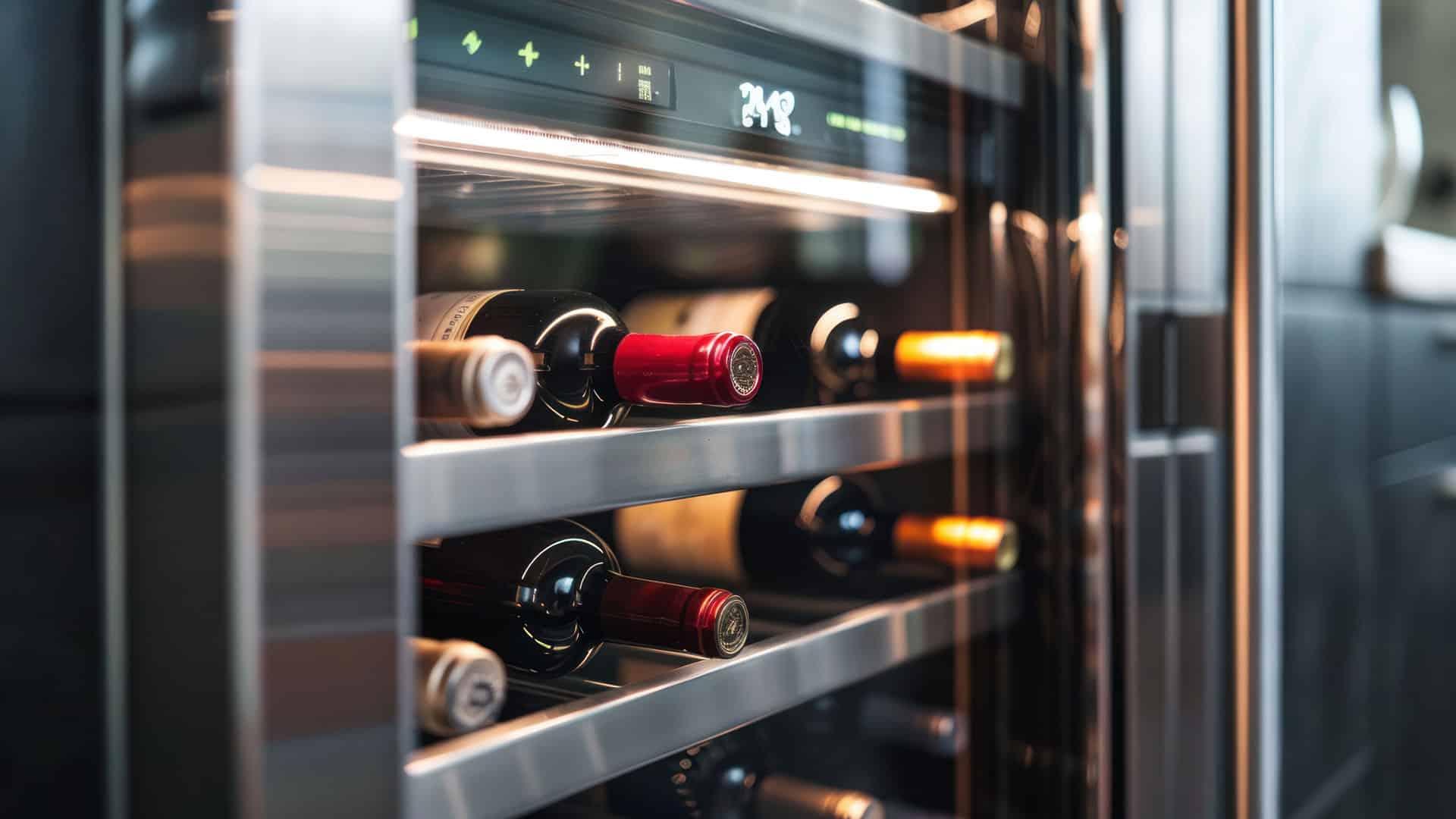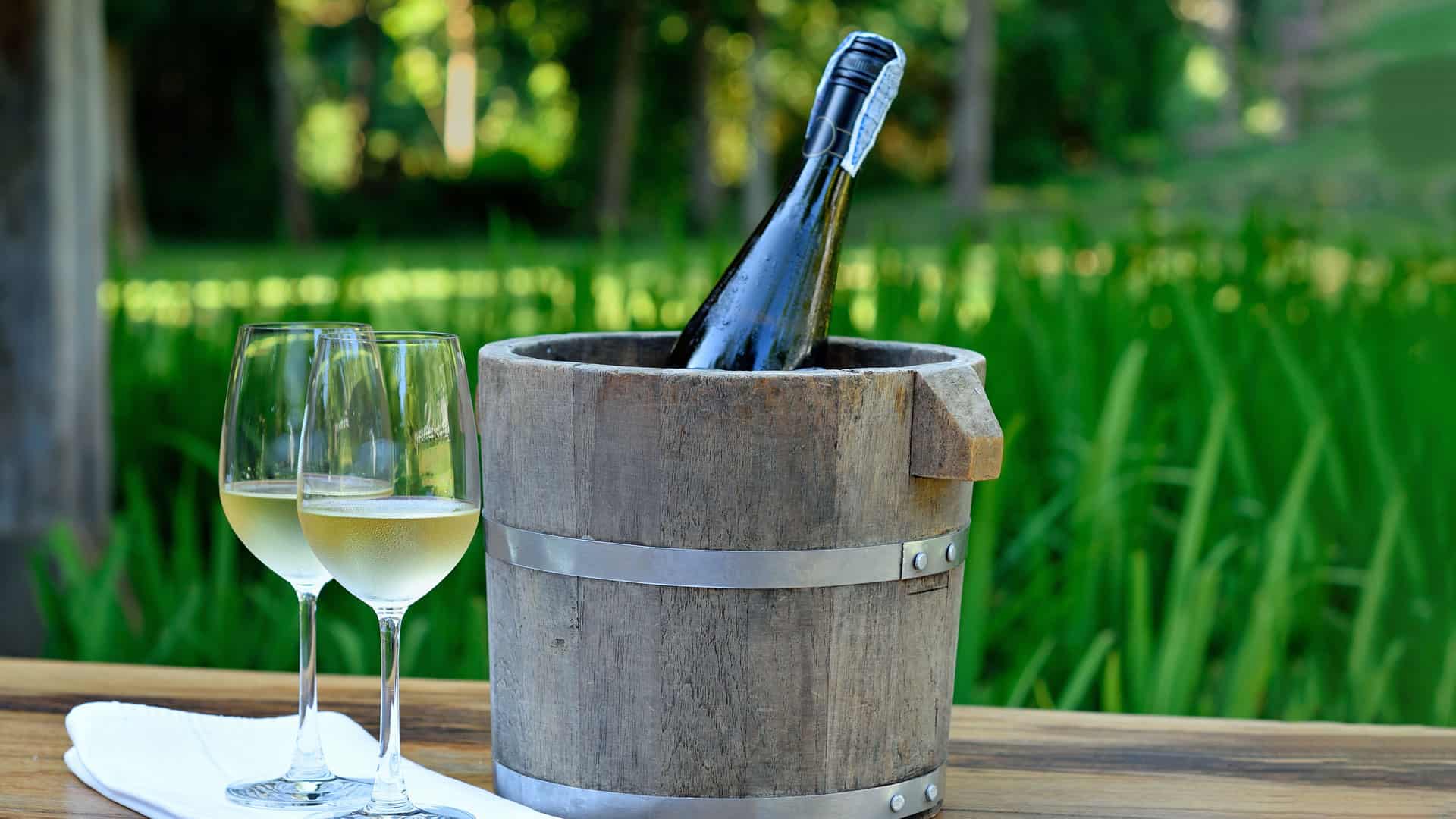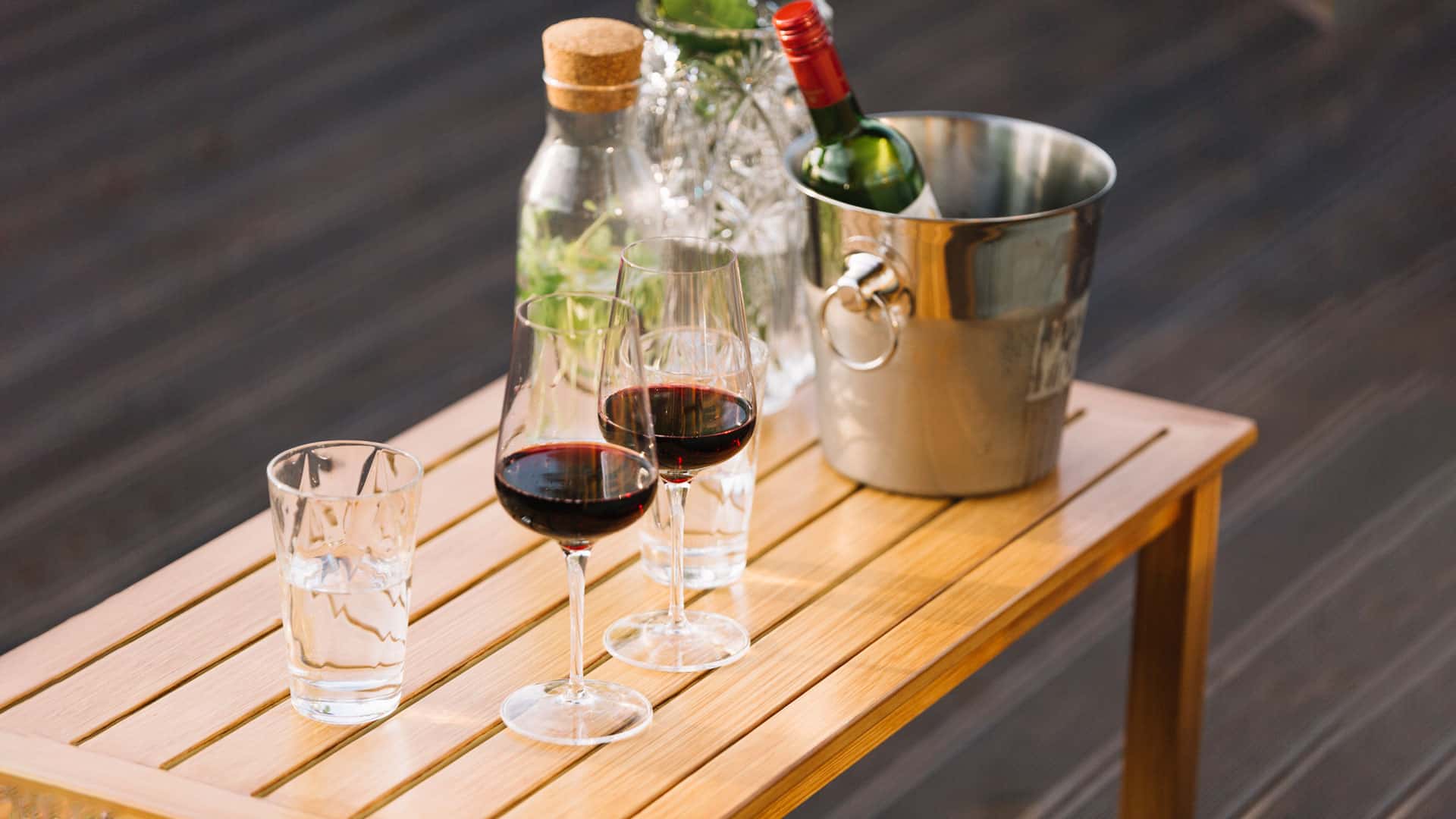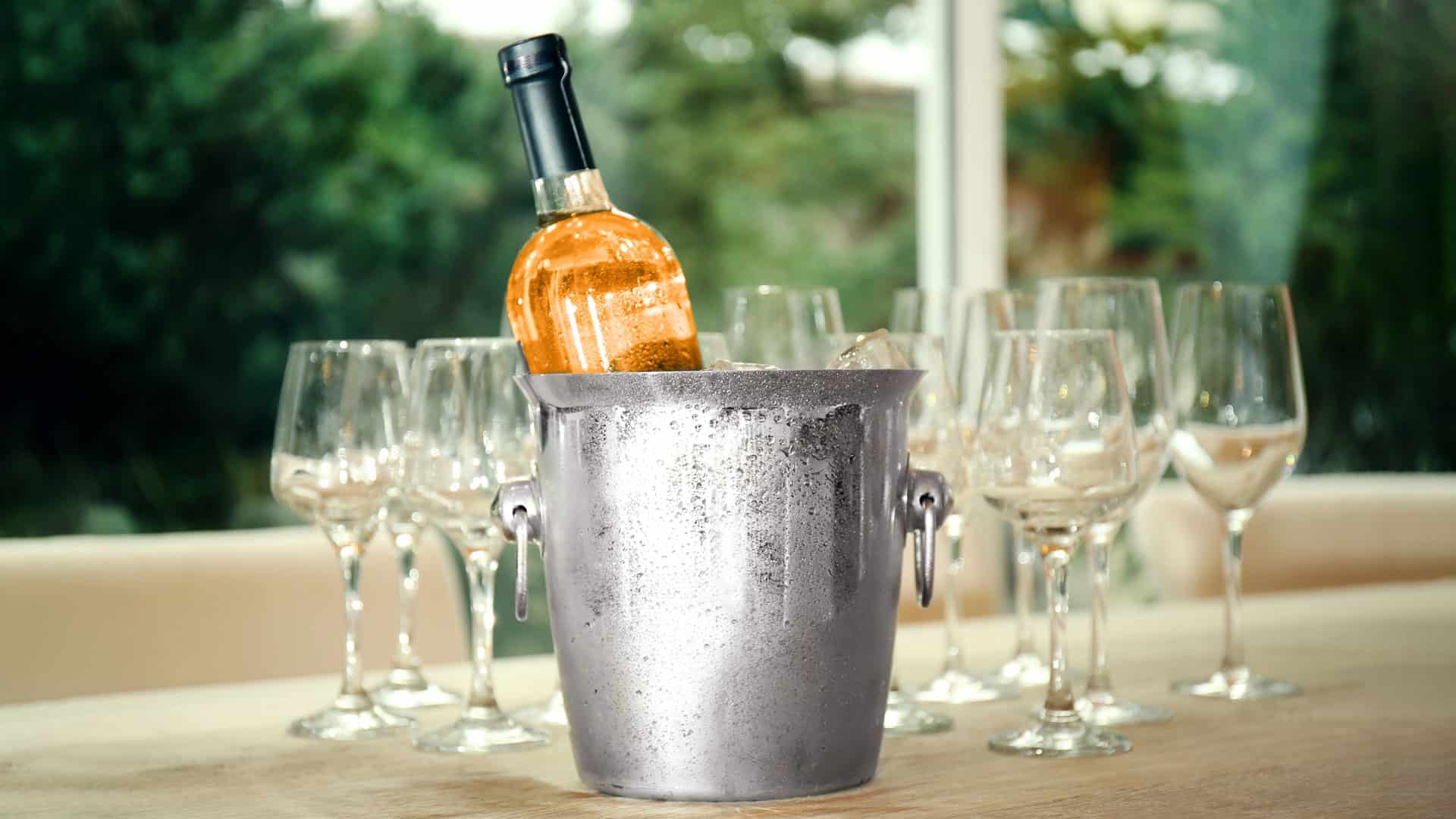Warm Wii, as we call mulled wine in Valais, is probably the only wine that cannot be served hot enough. But on cold winter days and in the cozy pre-Christmas period, it has its justification. Otherwise, it is important to ensure that the wine is served at the right temperature. This is because the bouquet and taste of the wine, and therefore the enjoyment of drinking it, depend to a large extent on the correct serving temperature.

As a general rule, you should drink white wines, rosé wines, sparkling wines and dessert wines (i.e. wines with residual sweetness) well chilled. If the wine is also young, light-bodied and fruity, it should be served chilled. On the other hand, wines that are served too cold cannot present themselves in their full splendor. They are then referred to as “closed” or “neutral” wines. This is because neither the bouquet of the wine nor its aromas are revealed to the wine lover’s nose.

On the other hand, many white wines – including sweet wines – are already so aromatic that the full bouquet reveals itself at lower temperatures. And if this doesn’t happen on the nose, then at the latest on the palate, where the wine naturally warms up within a few moments. These few remarks alone make it easy to see how complex and sensitive the issue of the right serving temperature is.

However, the temperature of a wine can also help you to at least somewhat compensate for certain flaws or deficiencies in a wine. For example, you can serve a full-bodied white wine that lacks acidity a few degrees cooler to make it fresher and less powerful. And a young red wine with a lot of acidity and dry tannins is much better served a few degrees warmer.

In principle, the following principles should always give you the optimum drinking pleasure, although individual preferences may of course differ:
- Serve all types of sparkling wine at 5° to 7° C
- Light, aromatic white wines inspire at a temperature range of 8° to 10°C
- Full-bodied white dessert wines are best served at 8° to 12° C
- White wines with a medium body prefer a temperature of 10° to 12° C
- Light red wines and full-bodied white wines are best served and enjoyed at 12° to 14° C
- Medium-bodied red wines develop best at a temperature of 14° to 17° degrees
- Full-bodied and tannin-rich red wines feel most comfortable in the glass at a serving temperature of 15° to 18°
Rosé wines can be served at the same temperature as white wines. As you will have easily recognized, there is no mention of room temperature in the overview. We often hear that a wine should be served at room temperature, but this is no longer correct. The term “room temperature” dates back to a long time ago, when wines were still stored in the pantry. And room temperatures of 20°C or more were by no means required for the well-being of the food stored there. In this respect, you can safely delete this term from your vocabulary. Instead, you are always on the safe side of enjoyment with the rule of thumb “better served too cool than too warm”.


